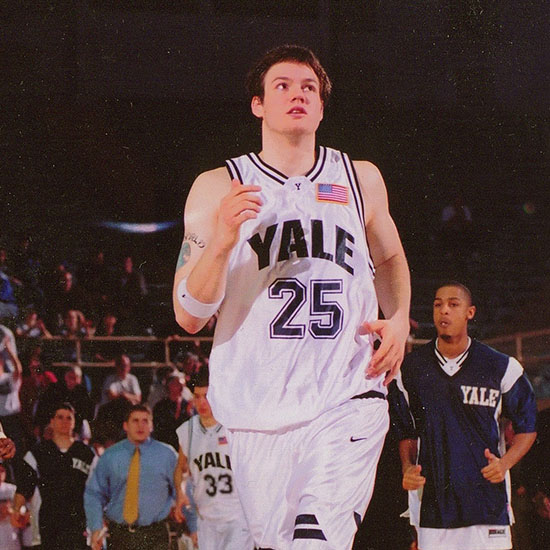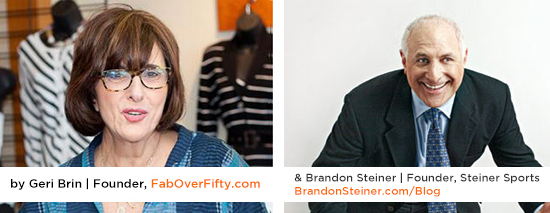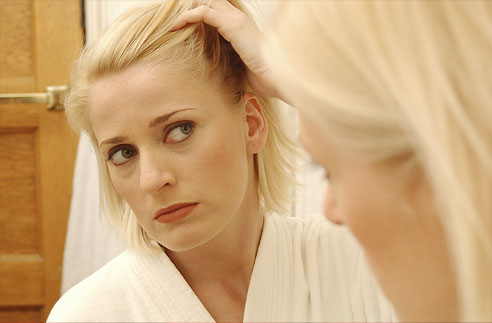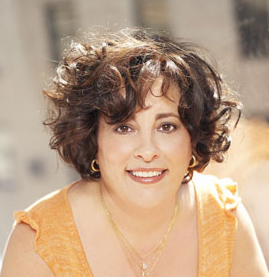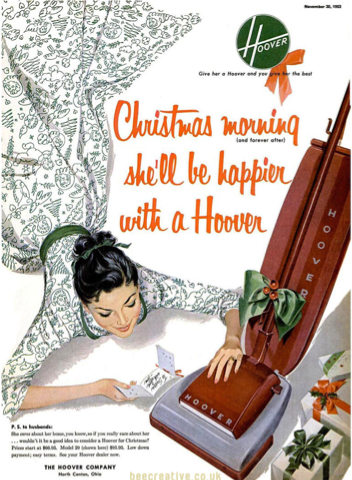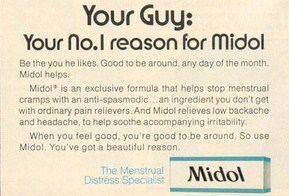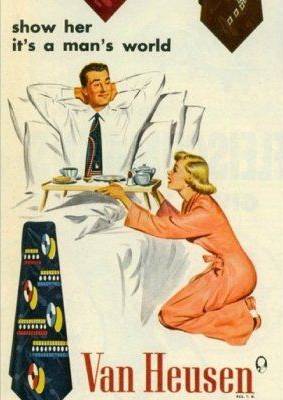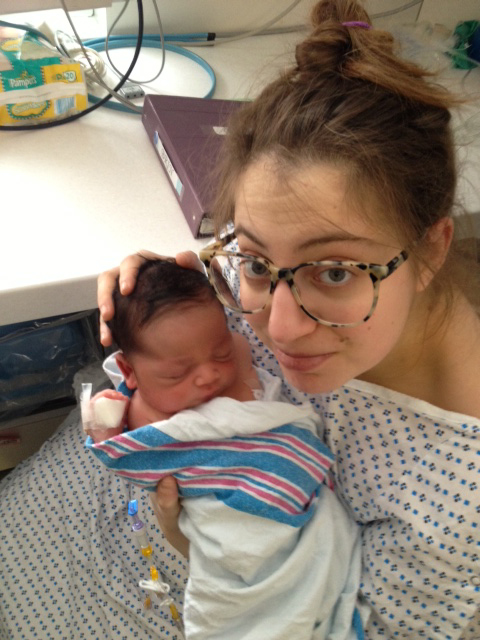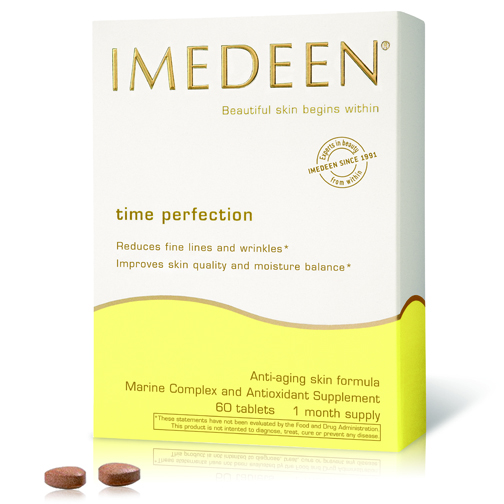Josh Hill (1982-2004)
I think I speak for most mothers when I say I cannot imagine how I’d live through the unimaginable pain of losing one of my children. It is a mother’s worst fear and it lives inside of you every moment, even when your child is grown up and on his own.
FOF Linda Hill’s heart broke nine years ago, when her son, Josh, was killed in a car accident, days after graduating from Yale University. “My heart is still broken and always will be,” Linda wrote to me recently. A center on the Yale basketball team, Josh was able to attend the prestigious Ivy League school thanks to “good financial aid,” Linda said, but she delivered 650 newspapers every night to help pay for things the aid didn’t cover.
“Everyone loved my son. He had a knowledge and kindness far beyond his years. He would not allow anyone to be bullied. He had a sense of humor that made everyone flock to him,” Linda wrote.
Barbara, President George Bush’s daughter, was Josh’s classmate and friend at Yale. And her father, a Yale alumnus, became one of Josh’s biggest fans. Josh and the President met for the first time in the workout room in The White House. “It was just the two of them,” Linda recalls. I had begged Josh to get a haircut before he went there, but he said to me, ‘It’s just someone’s parent’ and ignored my suggestion.
When the two of them were exercising, President Bush looked at Josh and said, ‘What’s up with the haircut?’ Without missing a beat, Josh answered, ‘What’s up with that Sammy Sosa trade?’ (If you’re a baseball fan, you’ll know what that meant. If you’re not, it doesn’t matter a bit.)
Barbara sent Linda a letter recalling that Laura Bush was worried about which bed to give Josh that weekend, because he was so tall. “He wound up sleeping in the [you guessed it!] Lincoln Bedroom,” Linda told us.
“President Bush loved Josh because he teased him mercilessly,” Linda says. “At Barbara’s graduation party, four days before my son died, he and President Bush kept going after each other. The President had fallen off his bike the day before, so Josh said to him. ‘Thank god for bike helmets because the last thing this country needs is you with more brain damage.’ George Bush laughed his head off. The last thing he said to my son that day was, ‘I’d better see you in Crawford this summer.’ He called me the day after Josh died and told me he and Laura didn’t sleep at all. He was crying on the phone.
“My son was my best friend in the world,” Linda said. “Both his Yale coach and his high school coach said at his funeral that they had never seen a closer mother-son relationship. And all of his friends who spoke said he told everyone I was his best friend. I miss him so much. I feel so sorry for myself sometimes but I try not to and not to feel bitter.”
Linda ran a group for parents who lost children for seven years, “but couldn’t take the pain anymore,” so she quit. She generously offered to help anyone on FabOverFifty who is going through similar circumstances. You can email her at jhlindylou@gmail.com


